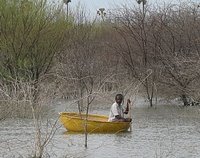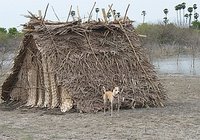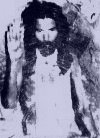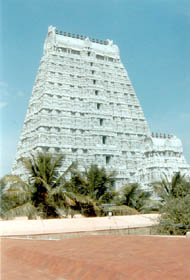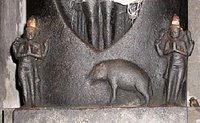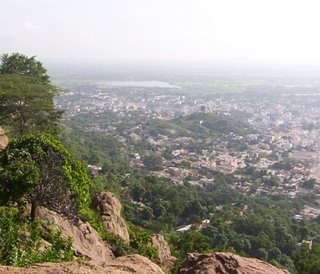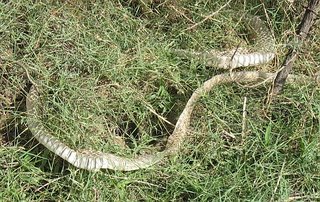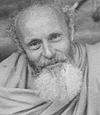There is little information available on lady saints who have come and performed tapas at Arunachala. In fact so little information is available its almost impossible to believe that there have in fact been many holy women who have lived at Arunachala performing intense sadhana.
In the 40s and 50s several eminent ladies occupied hermitages and caves on the South East slope of Arunachala. Amongst these women was the revered and highly respected Lakshmi Devi who dressed in saffron and lived on the mountain. Lakshmi Devi kept a vow of silence for 12 years and responded by making signs in answer to questions from a constant stream of visiting devotees and pilgrims. At the end of a 12 year vow of silence she returned to her native place near Mysore. However her love of the peace she experienced at Arunachala drew her back and she returned to the caves and hermitages of the mountain.
Another sadhaka who lived on the Hill during the same time period was Srimati Radhabai Ammeyar, who was known as Ammal of Vadalur. Ammal was a faithful disciple of Ramalinga Swamigal and originally she and Lakshmi Devi shared a cave but Ammal eventually moved to a small rocky cleft higher up the hill. The little cave was so low and narrow one had to remain seated, and even then ones head practically touched the roof.
Ammal of Vadalur, always wore white, and lived in the rocky cleft for three years in perfect silence, her only possessions being an oil lamp and a book of the hymns of her Master Ramalinga. She took a daily meal during the afternoon which consisted of a few handfuls of rice-flour, roasted and mixed with curd. After three years she moved into a small nearby hut with a women disciple. Ammal of Vadalur was also much revered and visited during her time at Arunachala.
In the 40s and 50s several eminent ladies occupied hermitages and caves on the South East slope of Arunachala. Amongst these women was the revered and highly respected Lakshmi Devi who dressed in saffron and lived on the mountain. Lakshmi Devi kept a vow of silence for 12 years and responded by making signs in answer to questions from a constant stream of visiting devotees and pilgrims. At the end of a 12 year vow of silence she returned to her native place near Mysore. However her love of the peace she experienced at Arunachala drew her back and she returned to the caves and hermitages of the mountain.
Another sadhaka who lived on the Hill during the same time period was Srimati Radhabai Ammeyar, who was known as Ammal of Vadalur. Ammal was a faithful disciple of Ramalinga Swamigal and originally she and Lakshmi Devi shared a cave but Ammal eventually moved to a small rocky cleft higher up the hill. The little cave was so low and narrow one had to remain seated, and even then ones head practically touched the roof.
Ammal of Vadalur, always wore white, and lived in the rocky cleft for three years in perfect silence, her only possessions being an oil lamp and a book of the hymns of her Master Ramalinga. She took a daily meal during the afternoon which consisted of a few handfuls of rice-flour, roasted and mixed with curd. After three years she moved into a small nearby hut with a women disciple. Ammal of Vadalur was also much revered and visited during her time at Arunachala.
